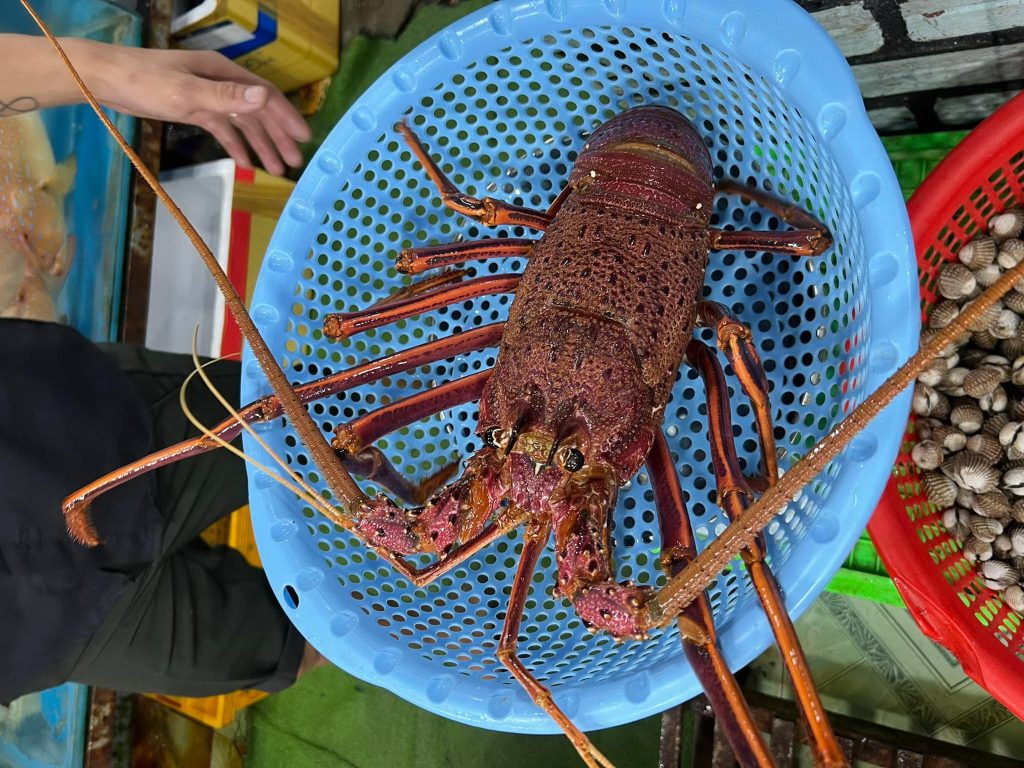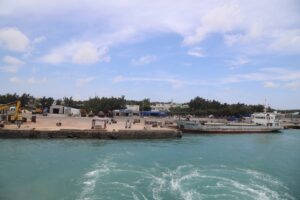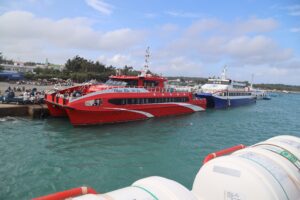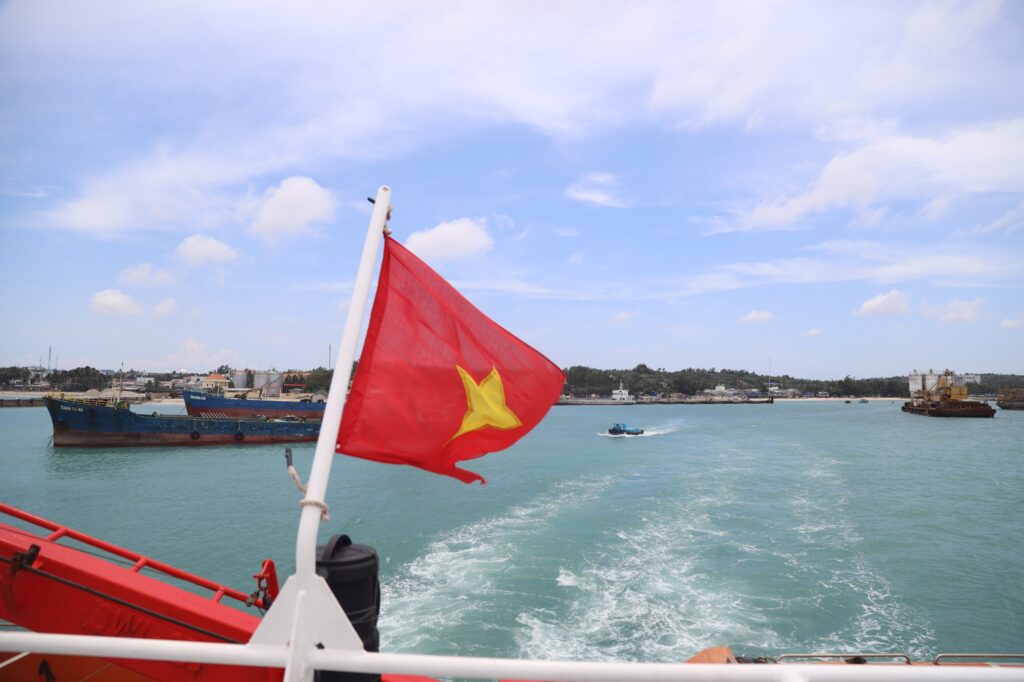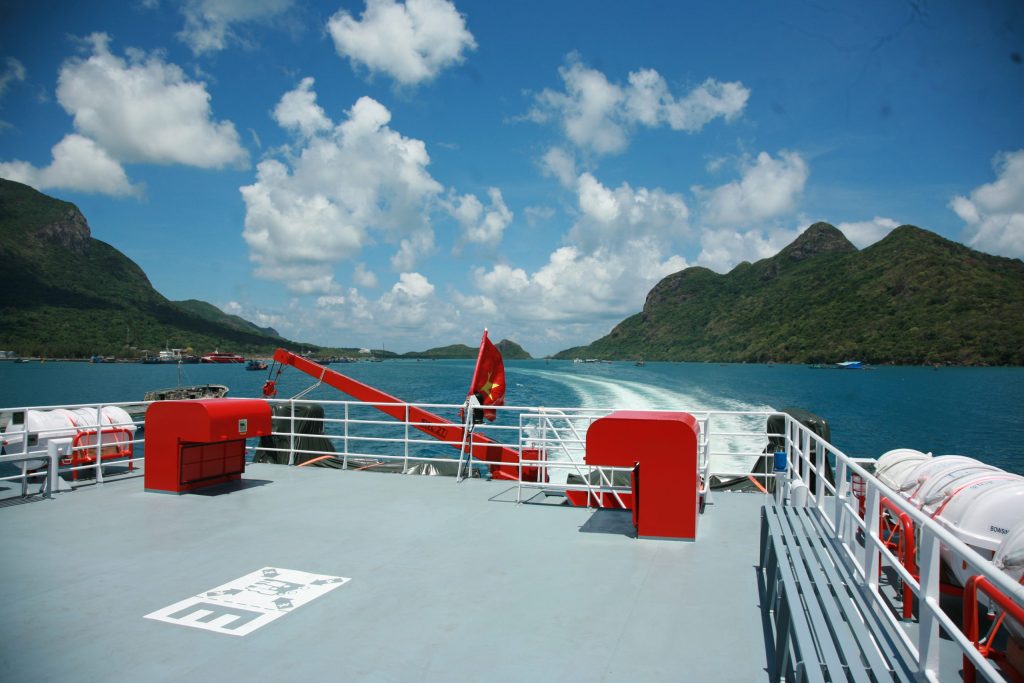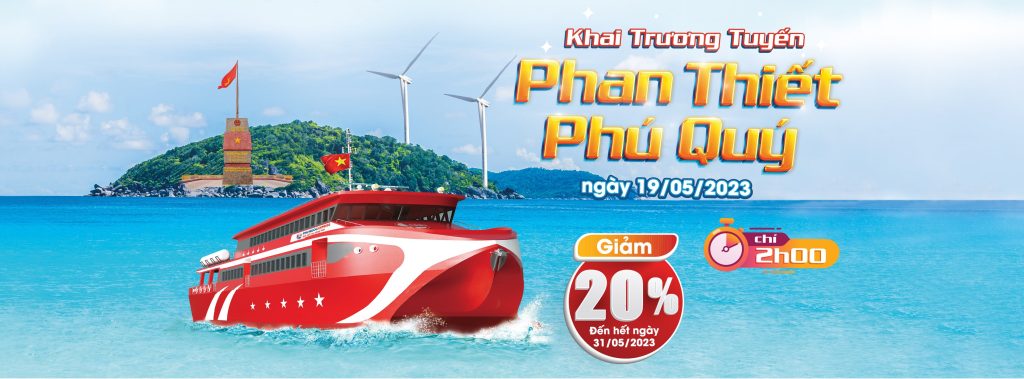Phú Quý Island is rich in marine resources, and lobster is one of the most luxurious and sought-after dishes for visitors. Here, lobsters are both wild-caught and farm-raised, making them more accessible while maintaining their premium appeal.
Local fishermen dive in deep waters around coral reefs to catch wild lobsters. At the same time, many floating cages around the island have successfully farmed lobsters, helping to stabilize prices, which range from 1.5 to 3 million VND per kilogram, depending on the lobster’s size.
A visit to Phú Quý wouldn’t be complete without tasting lobster. Its meat is firm, naturally sweet, and marbled with crunchy tendons, making it an unforgettable culinary experience. Lobster is widely available at the island’s seafood restaurants and fishing piers.
There are various ways to enjoy this delicacy: steamed, grilled, made into salad, or cooked into porridge. When cooked, the lobster’s shell peels away to reveal glistening white meat with tight, flavorful fibers.
In the past, Phú Quý was known for its abundant wild lobsters, especially around the islands of Hòn Đen, Hòn Đỏ, and Hòn Tranh, where rocky outcrops and underwater crevices provide an ideal habitat. During the day, lobsters hide in rock caves and come out to forage at night. Lobster hunting season typically runs from January to May.
To hunt lobsters, divers would equip themselves with lead belts for weight, single-lens goggles, gloves, a 50cm metal hook, a net, and a basket strapped to the waist. At dawn, when the sea is warm, they would dive into the depths and use the hook to search through crevices and reef holes.
Before 1975, lobster diving was a thriving trade on the island, with many boats dedicated to it. Each boat typically had 4–5 divers, capable of catching up to 100 kilograms of lobster per day. These divers were known for their exceptional swimming and breath-holding abilities. In addition to the sweet meat, lobster shells were often used as decorative items.
Today, lobsters are widely cultivated in sea cages alongside fish, snails, and other marine life, making this once rare delicacy more widely available to both locals and tourists.



